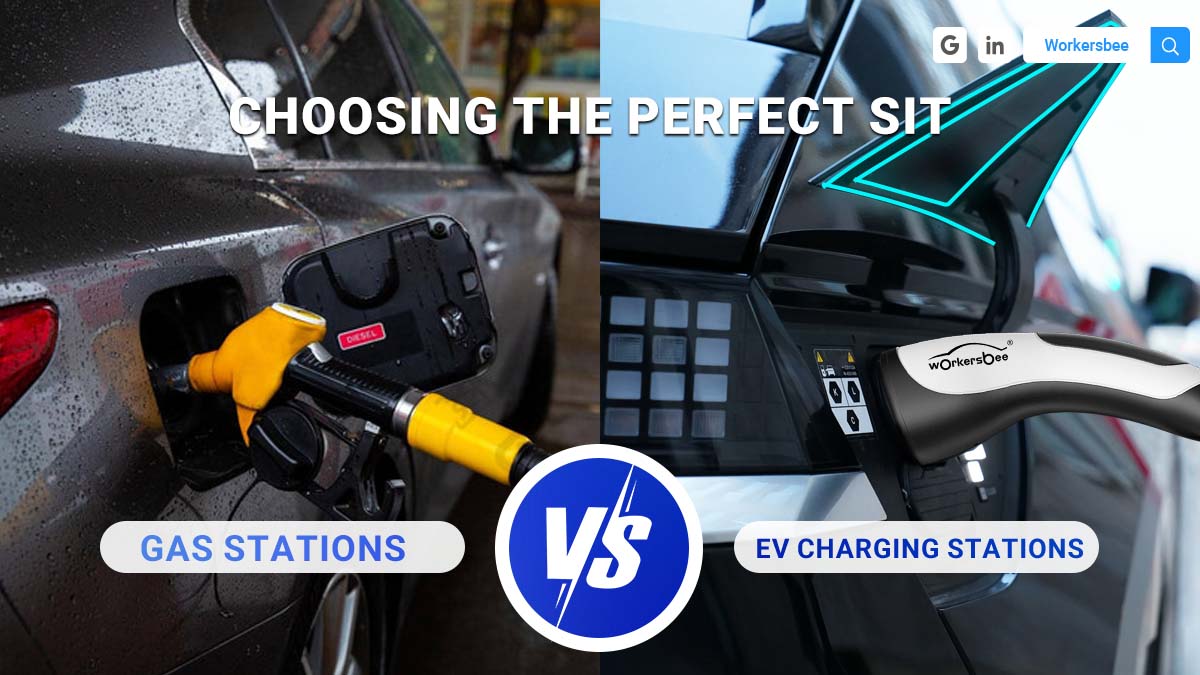 Gas Station vs. EV Charging Station: Key Site Selection Differences
Gas Station vs. EV Charging Station: Key Site Selection Differences
Dec 27, 2024
As essential infrastructure serving the transportation industry, the site selection strategies for internal combustion engine gas stations and Electric Vehicle Charging Stations are crucial to their successful operation. Factors such as traffic flow, whether the generated revenue can cover the construction and operational costs, and further profitability must be considered. More importantly, they must cover appropriate traffic trajectories to become a strong pillar of public utility serving social transportation. Although both provide vehicle power, their specific requirements and site selection criteria are different. Understanding these differences is particularly important for businesses looking to invest or optimize infrastructure to achieve maximum efficiency and customer satisfaction.
Workersbee, a professional EVSE manufacturer specializing in the research and development of electric vehicle charging facilities for over a decade, is the global leading charging plug solution provider. In this article, we will help you understand the differences in site selection between gas stations and charging stations, and look forward to providing strong support for your business.
Considerations for Gas Station Location
· Size of the Area: A gas station requires ample space for fuel pumps, underground fuel tanks, and energy transport pipelines. Additionally, it must maintain a safe distance from buildings, making locations with abundant land more suitable.
· Traffic Factors: To ensure accessibility and convenience for drivers, gas stations are typically located on busy roads. This includes areas with high urban traffic or highway entrances and exits, ensuring a steady flow of customers.
· Environmental Safety Requirements: Gas stations must comply with local environmental planning requirements, avoiding residential areas and adhering to strict environmental regulations. They should be situated within designated planning areas to prevent potential environmental pollution or safety accidents caused by fuel leaks or spills.
Considerations for EV Charging Station Location
· Convenient Location: The charging station should be easily accessible to EV drivers, with a preference for high-traffic areas. The design of the the charging area should facilitate easy connection between the plug and the vehicle’s inlet socket, avoiding constraints due to the vehicle's orientation and the length of charging cables.
· Choice of Charger Type by Location:
n AC Chargers are typically suitable for locations where vehicles may park for longer periods, such as residential areas, hotels, workplaces, shopping districts, and restaurants. Some may also appear as curbside chargers.
n Low-Power DC Fast Chargers are generally needed in places where vehicles might stay for a shorter time, such as hotels, shopping districts, retail areas, or some highways.
n High-Power DC Fast Chargers are usually required in locations where drivers stop for very short periods, primarily along highways for long-distance travel.
· Comprehensive Surrounding Amenities: Since charging electric vehicles takes longer than refueling, there is a greater demand for a variety of nearby facilities. In addition to restrooms and convenience stores, amenities such as rest areas, restaurants, and coffee shops can enhance the charging experience for drivers.
· Grid Load Distribution: Adequate electrical infrastructure is necessary to ensure reliable and sufficient power supply, especially for high-power DC charging stations. Consideration should also be given to grid load and the potential for future upgrades.
· Future Scalability: It is important to plan for the increasing demand for charging in the future, ensuring scalability and the ability to meet power upgrade requirements.
Comparative Analysis of Site Selection Considerations for Gas Stations and EV Charging Stations
1. Geographic Constraints and Limitations: The site selection for gas stations is more stringent due to the need for fuel pumps, energy transport pipelines, and other hardware. These requirements necessitate a larger space. The constraints for EV charging stations are generally less stringent, especially for regular AC charging stations.
2. Consumer Needs: Drivers of gas cars typically spend only a short time refueling before continuing their journey. Therefore, the amenities needed at gas stations are relatively simple, such as restrooms and convenience stores for brief rest breaks. Since charging an EV takes longer, often around half an hour or more, EV drivers require more and varied amenities at charging stations, more things to consider.
3. Environmental Impact: EV charging stations have a smaller environmental footprint, making site selection more flexible and diverse, and even can be located in residential areas.
4. Future Sustainability: As smart grids and renewable energy sources develop, EV charging stations are expected to become increasingly integrated with these technologies. This evolution will influence future site selection.
As the penetration of electric vehicles (EVs) continues to increase, the demand for more charging stations will grow. However, traditional gas stations will still be needed for a significant period of time. Given the limited availability of land, installing EV chargers at existing gas station sites can be a practical solution. This approach can revitalize gas stations, providing them with additional revenue streams from increased customer traffic. Moreover, EV drivers will benefit from having more charging options, reducing concerns about finding available charging points. This integration can create a more seamless and convenient experience for all drivers, supporting the broader transition to electric mobility.
Business Advantages of Workersbee
1. Diverse Charging Solutions: Workersbee boasts extensive R&D and production experience, offering a wide range of products, including DC and AC charging plugs, charging cables, portable EV chargers, and adapters.
2. Advanced Quick-Change Terminal Technology: The modular design of Workersbee's DC charging plugs incorporates quick-change terminal technology, eliminating the need for costly full-component replacements and effectively controlling maintenance costs for charging stations.
3. Comprehensive After-Sales Support: With a technical team of nearly a hundred members, Workersbee provides strong support to ensure the efficient operation of your business.
4. Responsive Localized Service: Workersbee has localized teams in multiple global locations, providing timely and efficient technical services.
5. High-Standard Production Processes: Workersbee maintains strict control over production processes, with thorough testing at every stage to ensure products are reliable, safe, and efficient. The products are certified by leading international standards, including CE, UKCA, UL, TUV, and ETL.
Conclusion
When selecting sites for gas stations and EV charging stations, it is crucial to consider the space requirements for the necessary equipment, infrastructure needs, environmental and safety regulations, and traffic factors that influence customer flow. These factors create distinct differences between the two types of stations. Proper site selection plays a significant role in the efficient operation and long-term development of these facilities.
Workersbee is dedicated to providing customized EV charging solutions with high customer satisfaction. Contact us to learn how we can support the growth of your business. Together, let's drive the future of mobility!
Read More

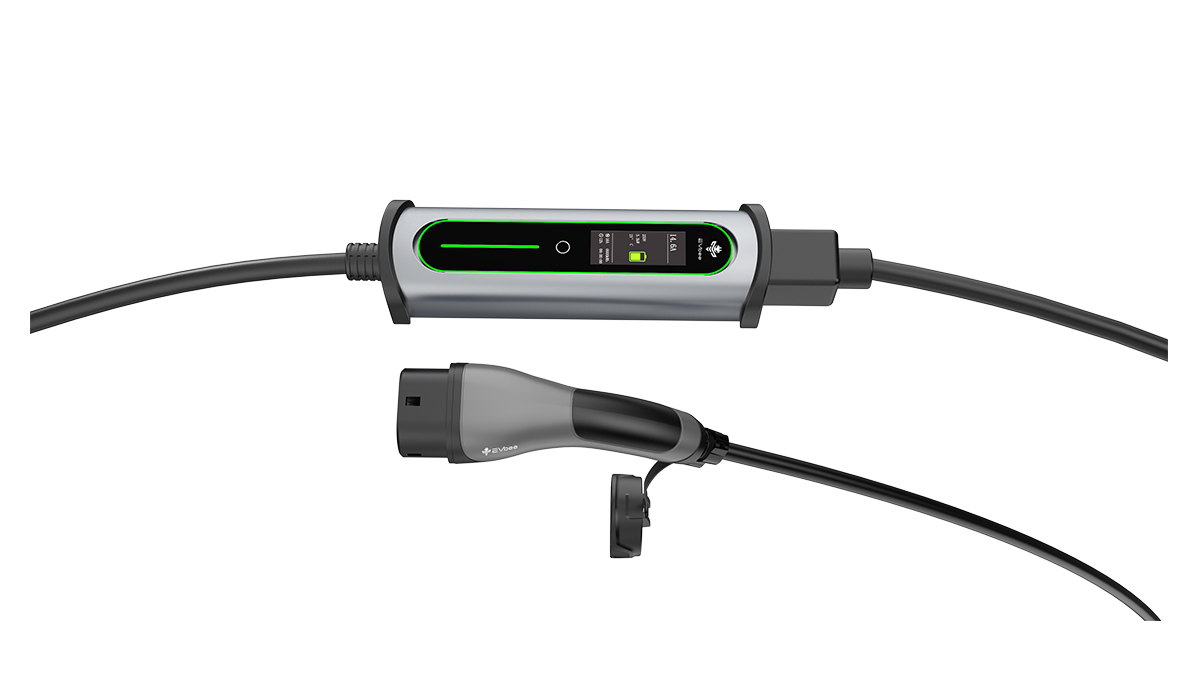 Workersbee Dura Charger: The Ultimate Portable & Multifunctional EV Charging Solution
Workersbee Dura Charger: The Ultimate Portable & Multifunctional EV Charging Solution
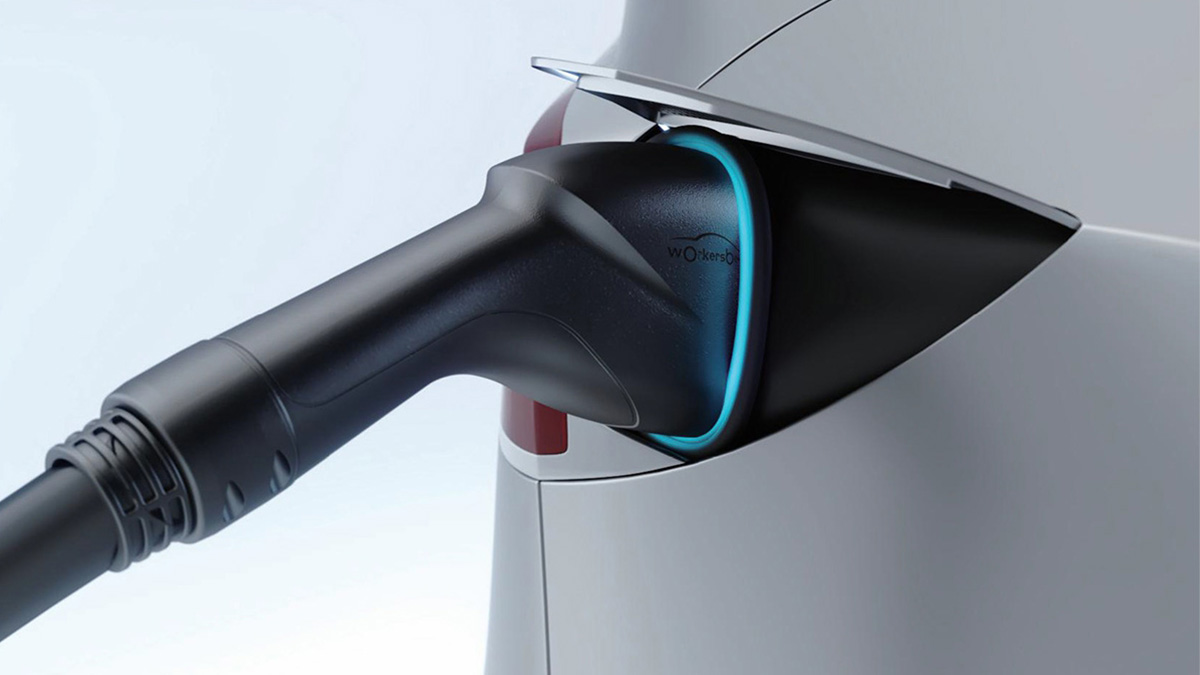 Why Liquid Cooling Is the Future of High-Power EV Chargers (2025 Guide)
Why Liquid Cooling Is the Future of High-Power EV Chargers (2025 Guide)
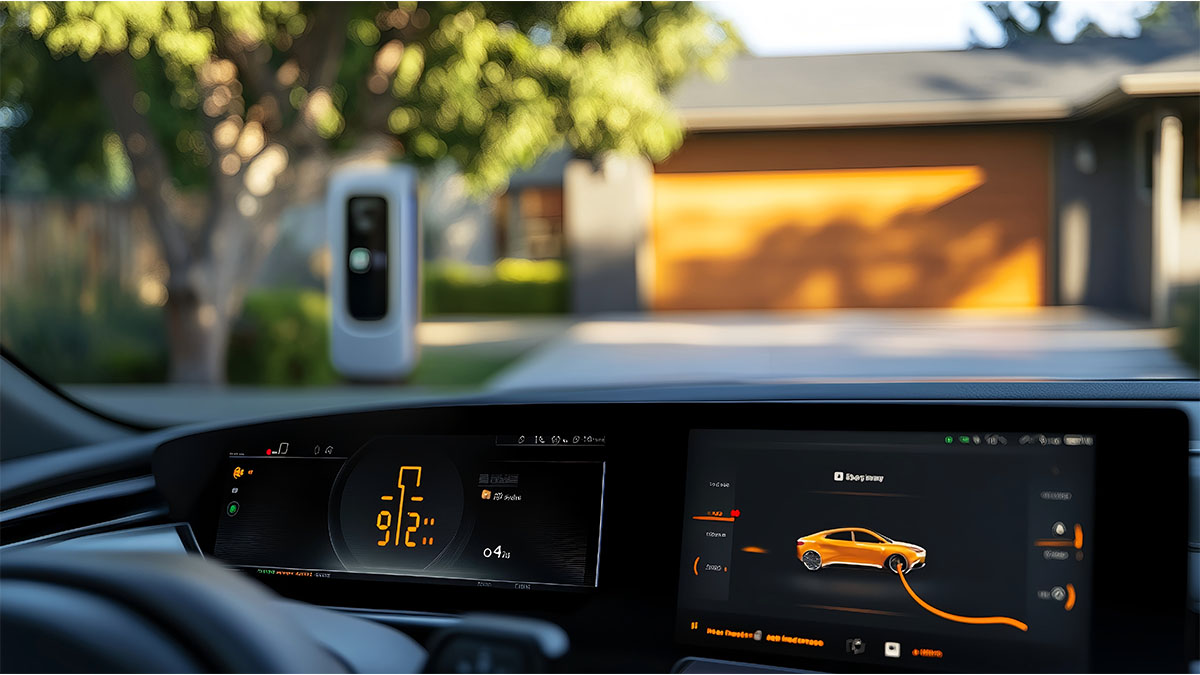 Do EV Chargers Really Need an LCD Screen?
Do EV Chargers Really Need an LCD Screen?
 Essential EV Extension Cable Adapters: Your Key to Seamless Charging
Essential EV Extension Cable Adapters: Your Key to Seamless Charging
 How to Choose a Portable EV Charger: Your 2025 Guide to Never Running Out of Juice
How to Choose a Portable EV Charger: Your 2025 Guide to Never Running Out of Juice
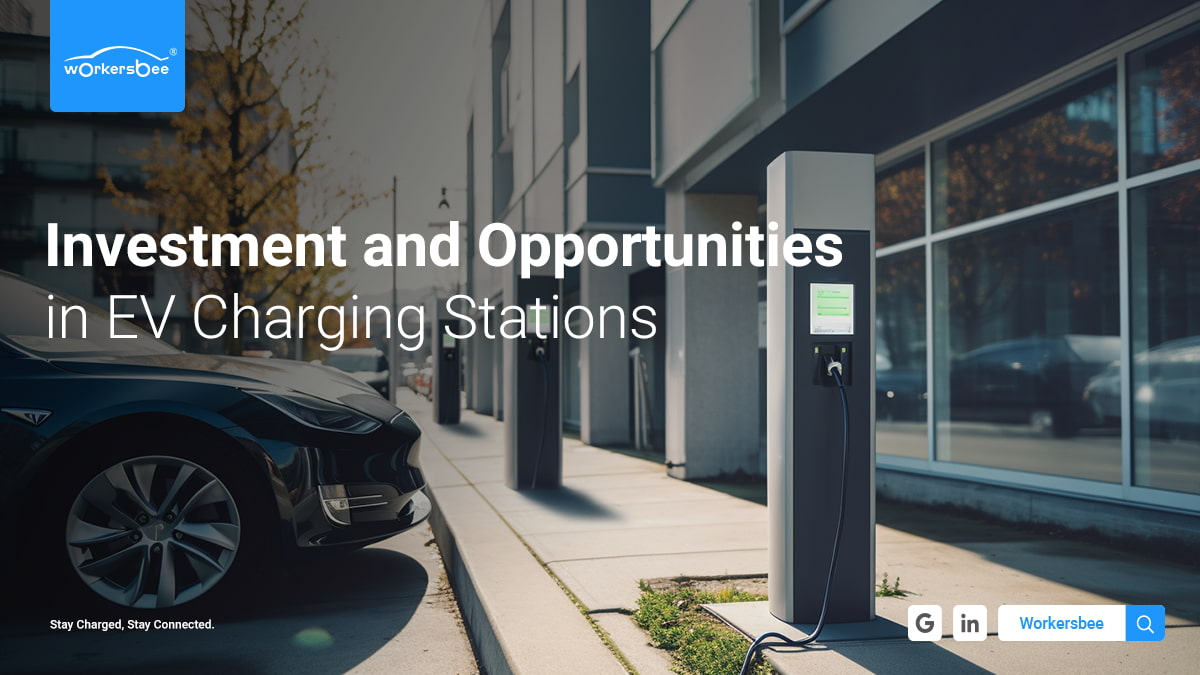 Benefits of EV Charging Stations: How Workersbee's Solutions Drive Business Growth
Benefits of EV Charging Stations: How Workersbee's Solutions Drive Business Growth
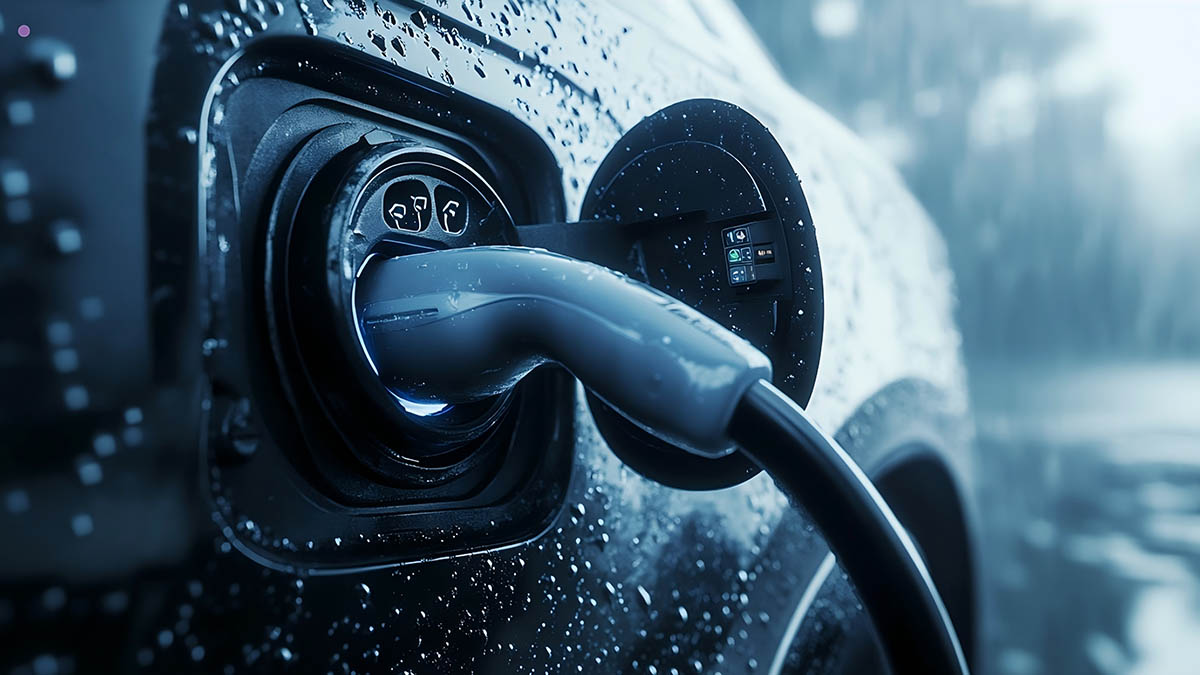 Discover How Salt Spray Testing Ensures Durability for EV Charging Connectors at Workersbee
Discover How Salt Spray Testing Ensures Durability for EV Charging Connectors at Workersbee
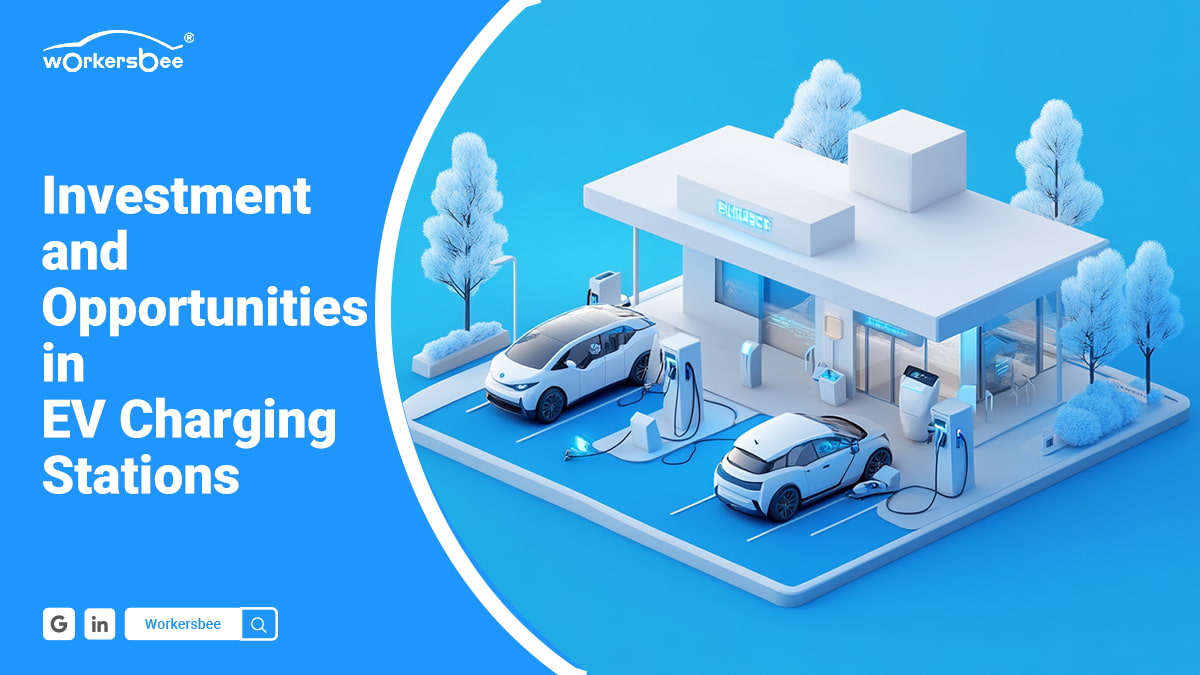 EV Charging Stations: A Growing Investment Opportunity in the Green Transportation Revolution
EV Charging Stations: A Growing Investment Opportunity in the Green Transportation Revolution
 Gas Station vs. EV Charging Station: Key Site Selection Differences
Gas Station vs. EV Charging Station: Key Site Selection Differences
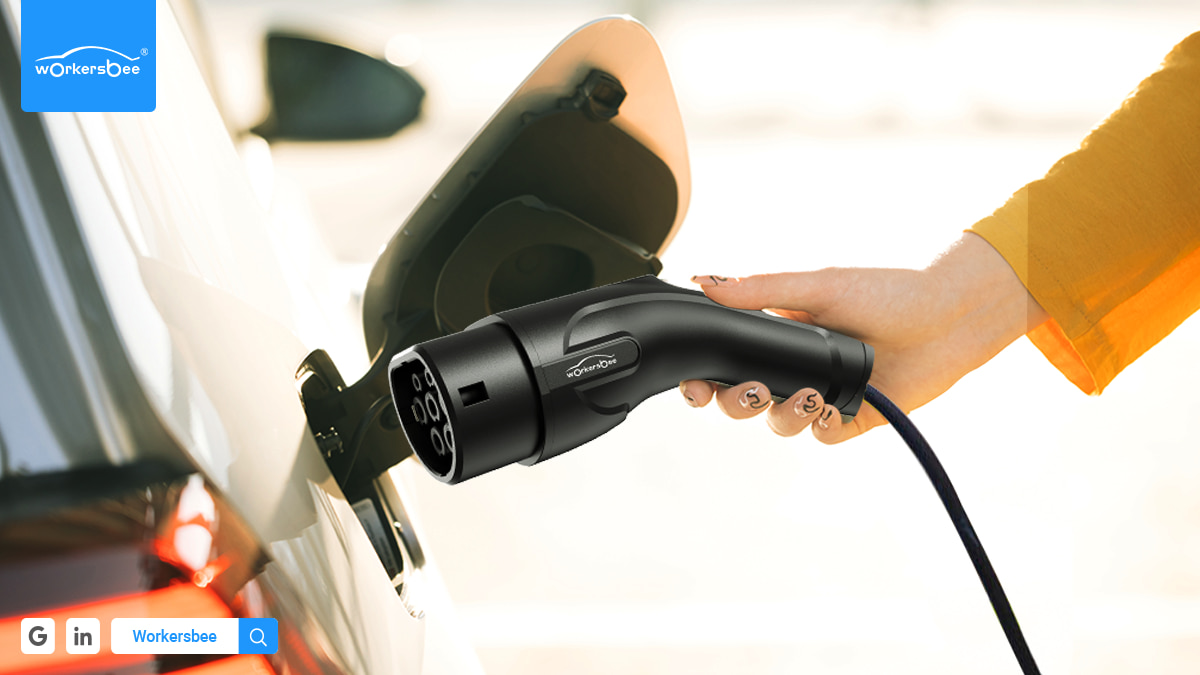 DC Fast Chargers vs. Regular EV Chargers: Key Differences and Best Charging Solutions
DC Fast Chargers vs. Regular EV Chargers: Key Differences and Best Charging Solutions
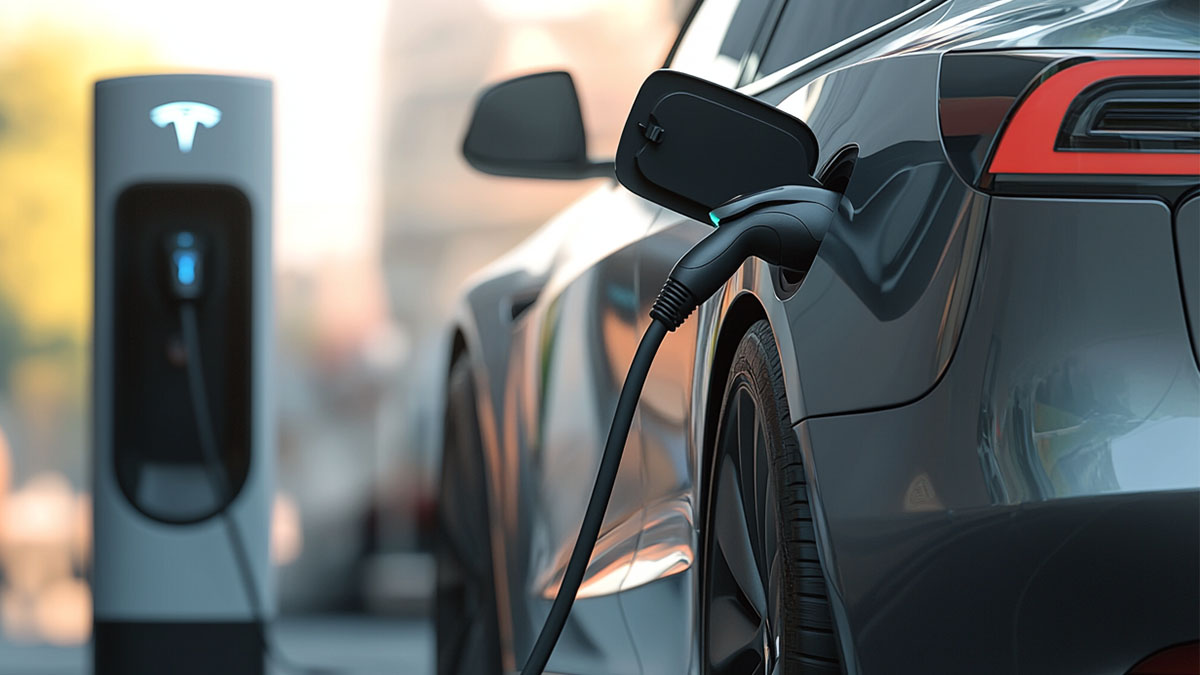 Understanding NACS vs CCS: Key Differences and the Future of EV Charging Standards
Understanding NACS vs CCS: Key Differences and the Future of EV Charging Standards
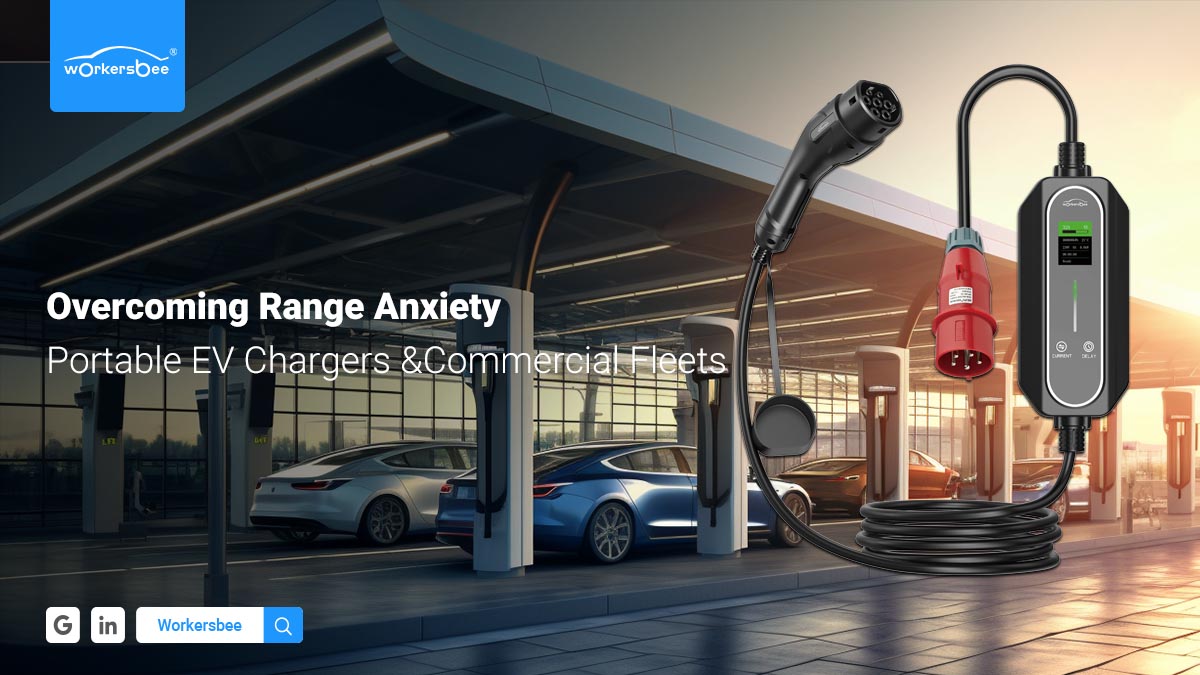 Overcoming Range Anxiety: The Benefits of Portable EV Chargers for Commercial Fleets
Overcoming Range Anxiety: The Benefits of Portable EV Chargers for Commercial Fleets